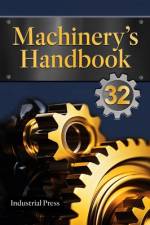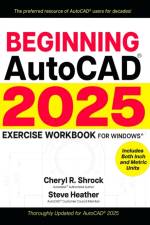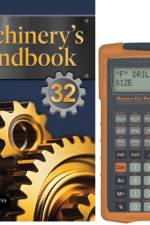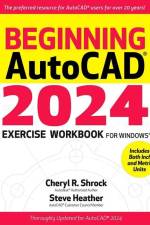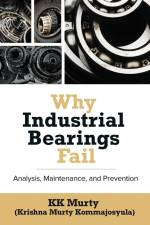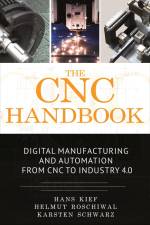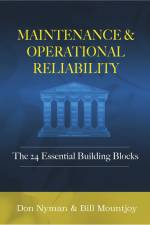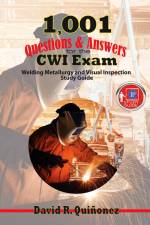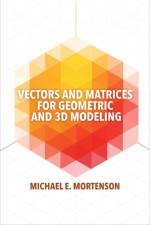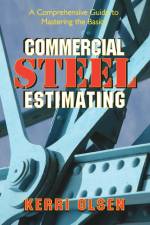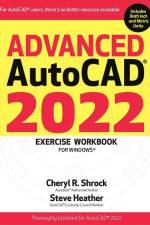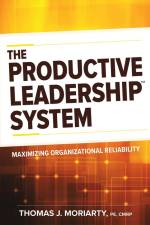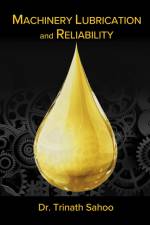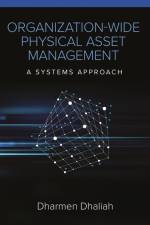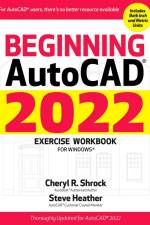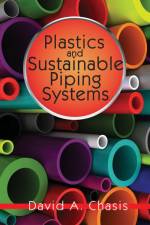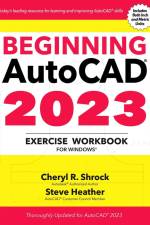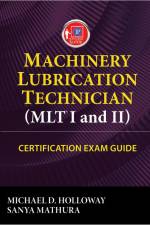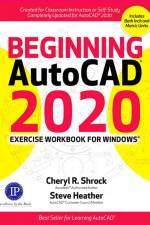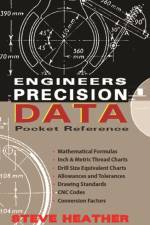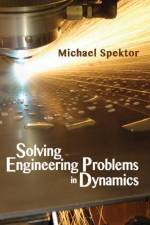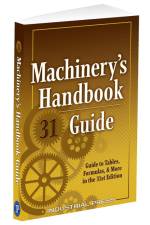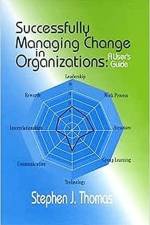av Erik Oberg
1 977
Now available! Check out the new Machinery’s Handbook, 32nd Edition. Since the first edition published more than 100 years ago, Machinery’s Handbook has been the most popular engineering resource of all time. Universally considered the principal reference in the manufacturing and mechanical industries, the Handbook is the ultimate collectionof essential, critical information needed by engineers, designers, drafters, metalworkers, toolmakers, machinists, educators, students, and serious home hobbyists. From engineering and design departments, machine and metalworking shops, and a wide range of manufacturing and industrial facilities, to countless classrooms and workshops around the globe, this 32nd Edition of the Machinery’s Handbook is the must-have technical reference.New, Revised, and Expanded in the 32nd Edition:Additive Manufacturing: Cutting-edge information on 3D printing materials, techniques, and workflow, with an expanded list of international standards addressing this rapidly evolving manufacturing segment.Dimensioning and Measuring: Reworked explanations and instructions for calibrating, applying, and reading inch and metric verniers, dial and digital calipers, and inside, outside, and screw thread micrometers. Refined formulas for calculating tolerances.Fasteners, Threads, and Threading: Definitive standard specifications for numerous screw threads, bolts, other fasteners, nuts and washers, tap and clearance drills have been verified and updated across the board, with revised and new tables and figures.Machine Elements: Expanded sections detail drive couplings, shaft alignment methods, and friction and lubrication challenges, with an entirely new section on regulated food grade machine lubricants. Revised and new rolling element bearings text and tables explain types, functionality, and features, with additional figures.Metalworking and Manufacturing: New expert coverage with detailed illustrations addresses commonly used metalworking dies, design, and selection, along with related processes and applications for sheet metalworking. Improvements in the welding section include pipe welding positioning.Part Design and Production: Updates encompass the latest in CNC programming, CAD/CAM operations, and other design and production processes. New to this edition is CNC machining of carbon-fiber reinforced polymers, plus discussions of shop-floor programming, simulation for pre-production process verification, feature-based machining, and computer-aided modeling optimization.Properties and Selection of Materials: Legacy elements and modern-day plastics data have been revised, with new information on embodied energy of materials, supply chain cost and carbon footprint calculations, recycling and reclamation considerations, and polymer composite structures and production methods.


